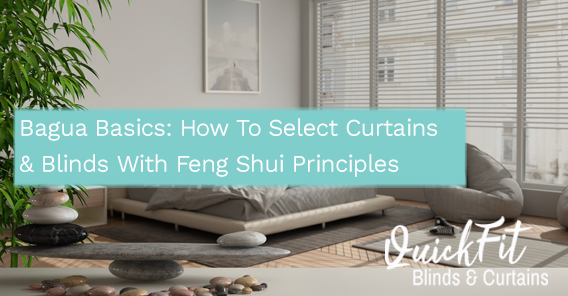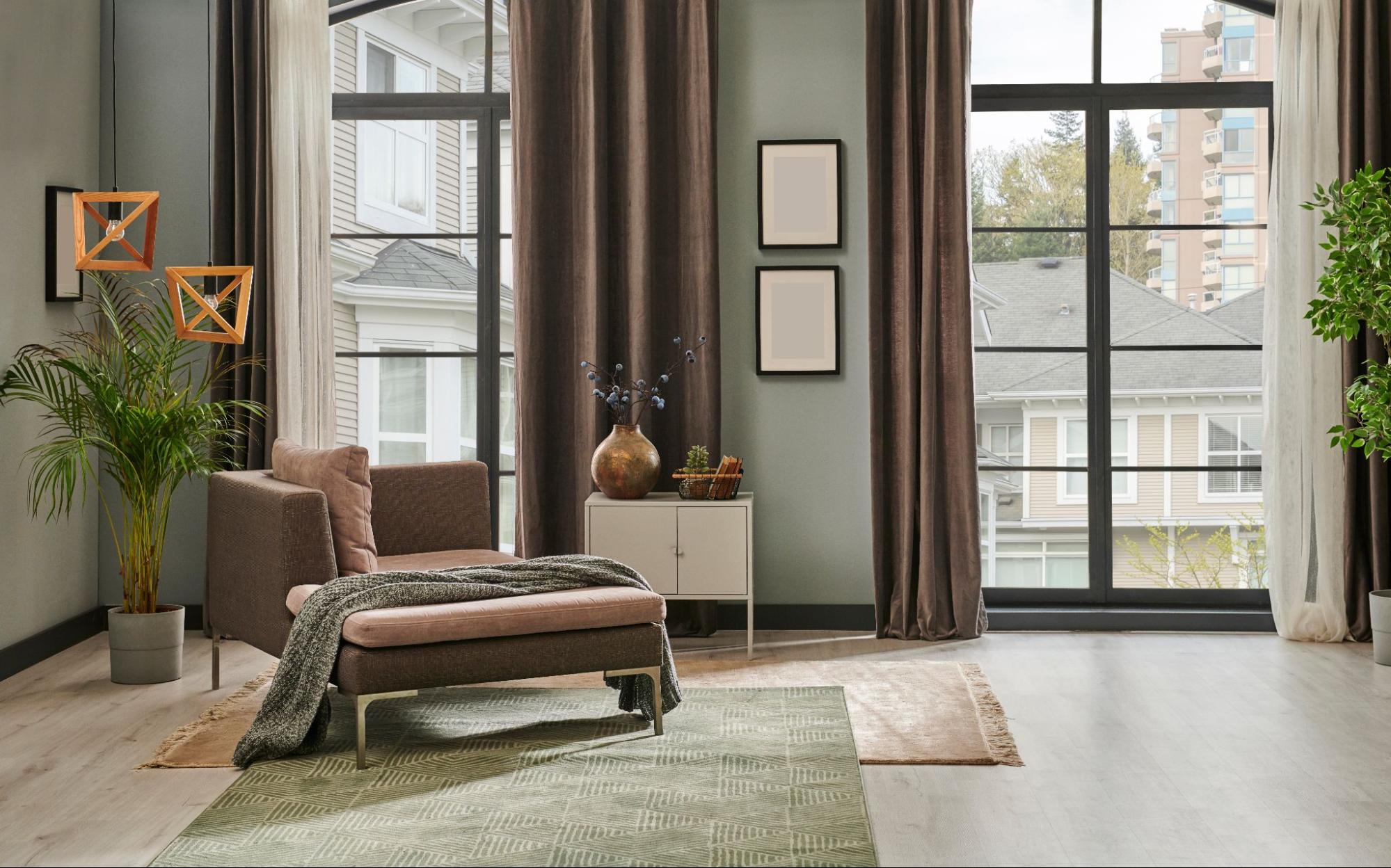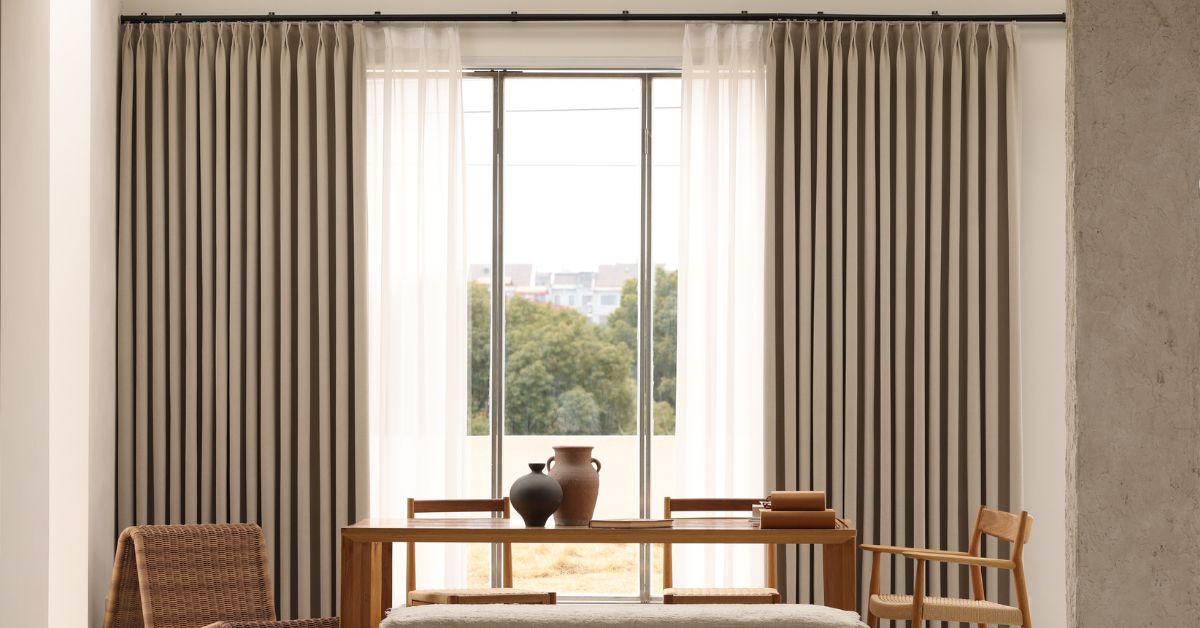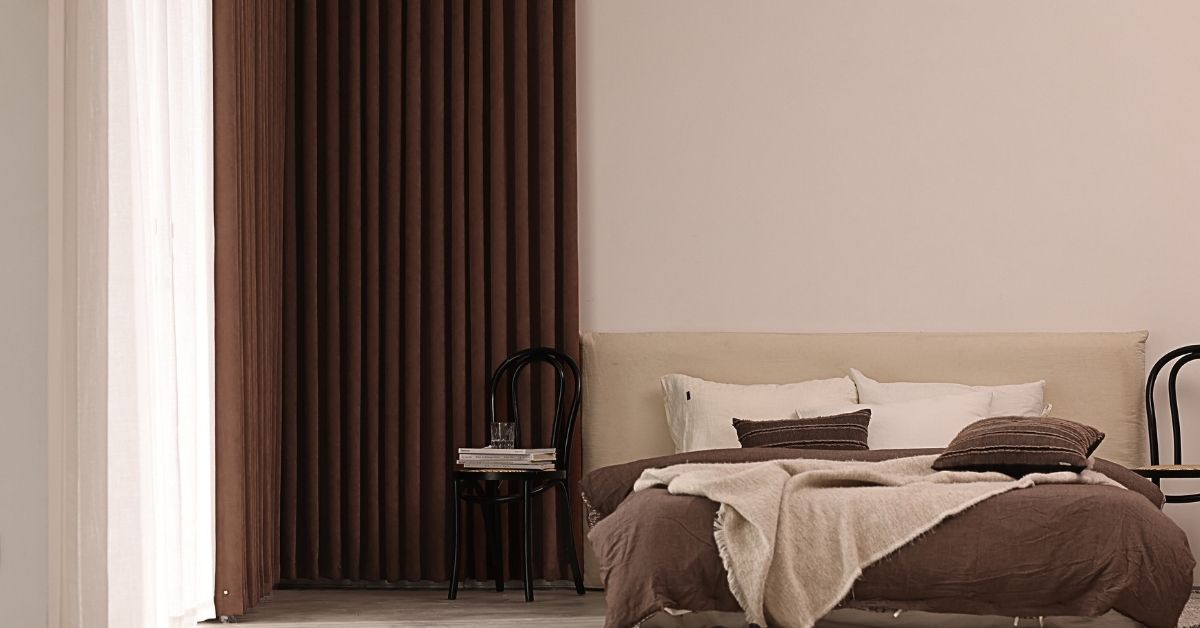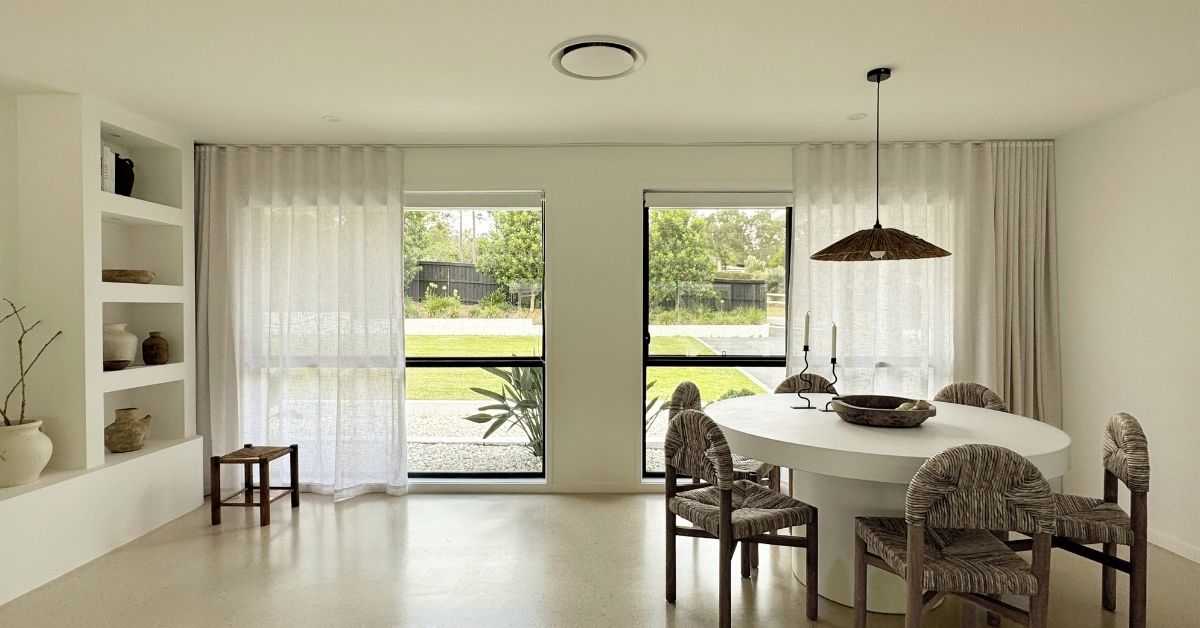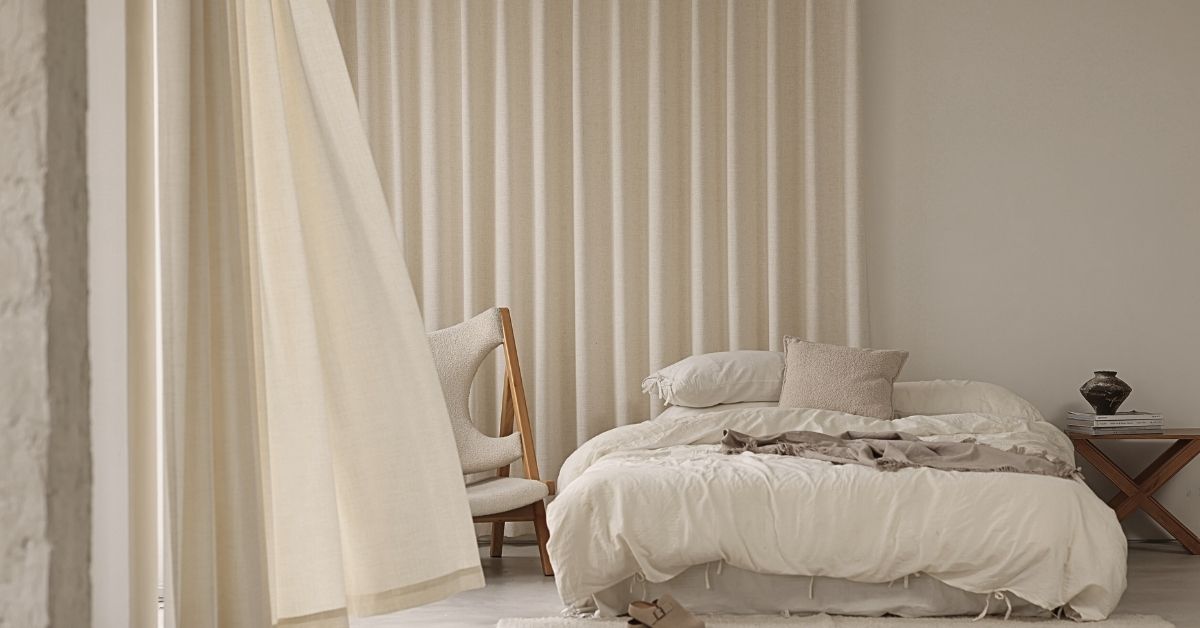Have you ever looked around your home one day and had this overwhelming feeling that your interiors are growing ‘stale’? You may or may not be surprised to hear that there is actually an entire philosophy of design that will support your feelings. The practice of feng shui revolves around reorganising home spaces to better facilitate the movement of energy or ‘chi’.
In a contemporary context, feng shui is a fairly elusive and open-ended practice, with modern interior designers drawing on many other design practices to curate timeless home settings. If you’ve found that following cookie cutter methods of home design and organisation have played a significant role in your home feeling stale, then embracing all that feng shui has to offer may be just what you need to reinvigorate all the rooms in your home.
Getting started in the world of feng shui can feel incredibly daunting, especially considering that this age-old method of home organisation can only be undertaken with some preliminary study and a willingness to engage with the principles themselves.
So how exactly can you utilise feng shui principles and design a bagua map to find your home’s optimal arrangement? We’ll be exploring the answers to these questions below, as well as providing you with a few recommendations for natural curtains and blinds that may help you balance the organic elements of your home as per the principles of feng shui.
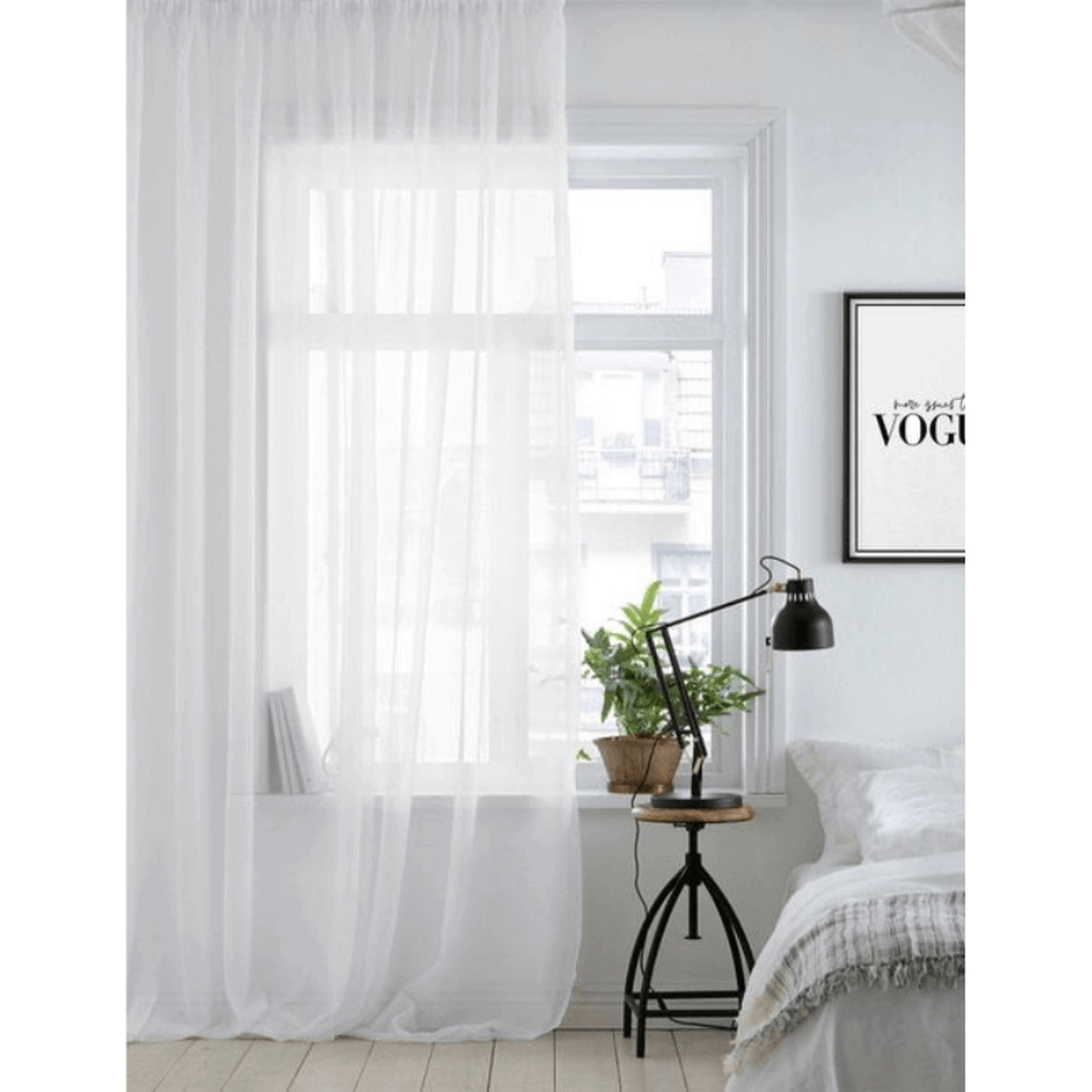
Facilitating the flow of natural light
There’s nothing quite like setting aside a whole day for furniture rearrangement when your home’s interiors are feeling a little too lived in. Whilst it may be all too tempting to start with your larger pieces of furniture, feng shui practitioners actually recommend that you take a second to first look at the way that light and air winds its way from your windows and doorways and around smaller pieces of furniture first.
Clutter can greatly inhibit the natural flow of chi through your home, so taking some time to clear all your tabletops and shelving to allow light to play on your home’s surfaces is vital to facilitating the movement of energy through your home. Keeping your walkways and spaces between living, dining, and kitchen spaces clear can also play a major role in facilitating the flow of light and energy, which is precisely why a growing number of contemporary modern homes boast open living floor plans.
If you live in a period-style home that’s filled with some long, narrow hallways and higher ceilings, you can still support the flow of natural light by opting for some soft, breezy window coverings. We highly recommend any curtain panels in our collection of sheer curtains, although our white sheer curtains in particular may be perfectly suited for any federation homes looking to boost their bagua maps.
Pinch pleat white sheer curtains are quintessential for softly dispersing harsh sunlight and providing Aussie households with a gentle breeze in hot weather. The pinch pleat design will also ensure that your curtains will hold your shape without fluttering too much in the breeze coming from open windows, making them perfectly suited for older homes with narrow walkways, or townhouses and apartments that are working with highly defined interior spaces.
If you’re working with a larger modern home with a more open floor plan and a clearly defined contemporary colour scheme, then you can still use sheers to help effortlessly facilitate the movement of light and air in your home. Simply opt for some of our cotton or 100% pure linen curtains to complement your home’s organic or neutral colour palette.
Balancing all of your elements
Feng shui is all about maintaining a balance between all of the elements in your home, whether they be light or dark, hard or soft, organic and inorganic. This design methodology also takes into consideration the need to balance more universal elements, these being water, earth, fire, wood, and metal. These elements are also symbolised using their own colours, shapes, and cardinal directions, which can be found in this handy little table:
| Natural Element | Corresponding Colour | Corresponding Shape | Harmonious Cardinal Direction/s |
| Water | Blue | Waves | N/E/SE/W/NW |
| Earth | Brown | Square | S/SW/W/NW |
| Fire | Red | Triangle | S/E/SE/SW/NE |
| Wood | Green | Rectangle | N/S/E/SE |
| Metal | White | Circular | N/W/NW/NE/SW |
As you can see, each shape more or less corresponds to the shape made by the compass points that align with each element. What you may also be thinking is that this feels incredibly complicated. Whilst this is a highly subtle practice that requires some refining over time, rest assured that you will feel a genuine sense of harmony the further you continue with your feng shui practice.
Of course, the introduction of these corresponding colours doesn’t mean that you’ll have to design your interior spaces using only these five colours alone, and that your sheer curtains can only be blue or white to denote water or metal elements, or that your small kitchen or bathroom windows can only be covered using square-shaped brown curtains. It’s all about ensuring that your interior space is reflective of any of the corresponding colours, shapes, or compass points that are aligned with the elements or materials that are present in that space.
For instance, if you have a room with a south-facing window, the cool light coming from your window will already act as the water element in your space, so your space will be better off with minimal additional cool elements, meaning no sheer curtains. Similarly, a room with east-facing windows that receives gentle, early morning sunlight, won’t require additional soft, natural elements, as the light energy will provide this, making earth and metal the best elements to incorporate in rooms with this solar orientation. An east-facing window could do well with a good set of bold thermal curtains.
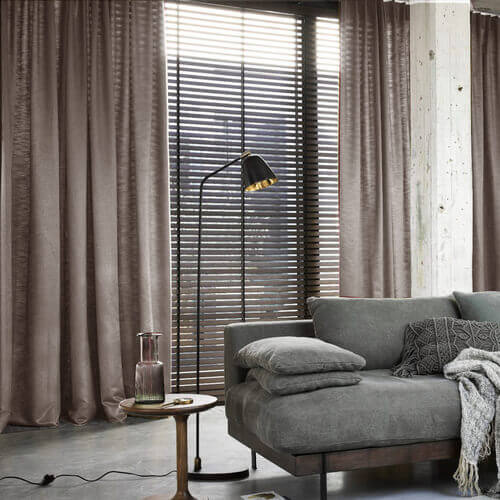
Mapping out your bagua
Alongside referencing the organic elements and their corresponding colours, shapes, and cardinal directions, you can also use your personal motivations as a guide when utilising feng shui principles in your home’s design scheme. Bagua maps can be incredibly useful when it comes to organising your home around select intentions.
Bagua maps effectively work by sectioning interior spaces into a 3x3 grid, with nine different squares, all denoting a colour and personal motivation, with the bottom of the grid being the position of your home’s architectural front door. You can find a full bagua map template below:
| Wealth & Prosperity Red Blue Purple |
Fame Red |
Relationships Red Pink White |
| Health & Family Green Blue |
Earth Yellow Neutral Tones |
Creativity & Children White Soft Tones Pastels |
| Knowledge & Self-Cultivation Black Blue Green |
Career Black Dark Tones |
Helpful People & Travels White Grey Black |
Following this universal bagua map, you can identify which colours you’d like to incorporate into which interior spaces in your home, with your choices being dependent on what energies you’d like to direct into your home and heartspace.
For instance, anybody looking to experience success in their career, should consider incorporating darker tones like black art prints into the entryway of their home. For those looking to attract travel opportunities, an interior space to the right of their walkway should boast balanced monochromatic elements. If this space happens to be your living room, then decorating the space with darker furniture and softer pinch pleat voile curtains, for instance, may help create a healthy balance between the space’s darker and lighter elements, leaving the room feeling incredibly versatile and ready to fill with souvenirs and imagery from all over the world.
If you consider the colours selected for each motivation, you’ll find that they do actually innately align with the atmosphere that these motivations are likely to inspire in your home. Our library spaces (Knowledge & Self-Cultivation) are likely to incorporate darker elements to minimise distractions and help the natural lightness of your page pop against the backdrop of that interior space. Similarly, an environmentally-conscious household will likely use natural textures like timber and cotton, lending their home a naturally yellow, white, and brown colour scheme.
You’ll find that your bagua map will have you designing mindfully, which will also naturally help attract the energy that you’d like to manifest, both for yourself and your loved ones.
Clean lines wherever possible
Finally, one of the strongest principles in feng shui is actually also shared by another highly popular design style: contemporary minimalism. The idea that everything has a place and that a home is optimally designed when everything is naturally in its place, is something that you should absolutely keep in mind when adopting feng shui design principles as well.
You should always try to keep your different interior spaces well-defined, to effectively ensure that the flow of chi throughout your home can be mapped clearly and concisely. A surefire way of keeping your lines clean wherever possible is by using area rugs to naturally keep living, dining, and kitchen spaces organically segmented in open plan living spaces, and of course, by ensuring that your curtains and blinds are perfectly fitted to all of your home’s windows without any large gaps between your window framing and walls, nor draping due to excess fabric.
This is why Quickfit offers our customers the choice to design and purchase custom made curtains. The knowledge that your selected curtains and blinds will be perfectly tailored to fit all the windows or doorways in and around your home, will naturally lift the weight off the shoulders of any budding feng shui practitioners out there.
If you can take anything away from this exploration of feng shui principles in action, it’s that engaging with and utilising these principles is undoubtedly an ongoing process. Don’t be afraid to try new things and revisit your design layouts regularly. The flow of chi throughout your home is of course, subject to change depending on the seasons, as well as the incorporation of new decor or other design elements into your home.
As a result, you may decide to swap out your curtains and blinds from season to season. Or maybe opt for layered curtains or a set of double roller blinds to keep your window coverings versatile. Whatever decisions you make throughout this process, you can absolutely rely on our team at Quickfit to deliver only the most high quality curtains and blinds and all at reasonable price points.
Happy DIY designing!

